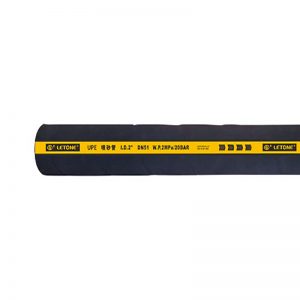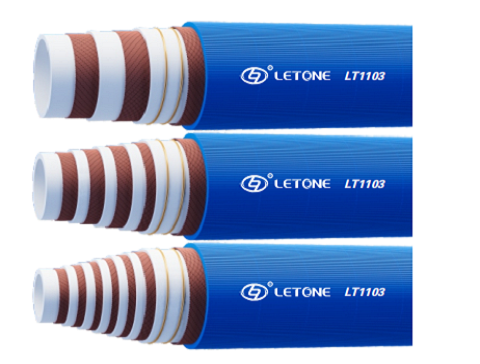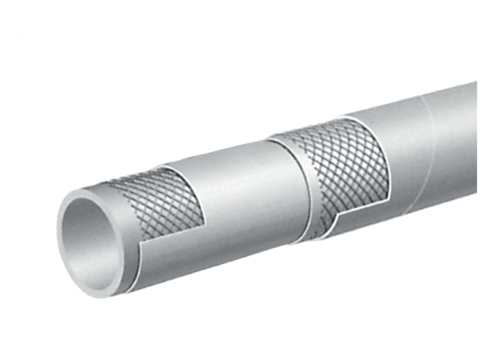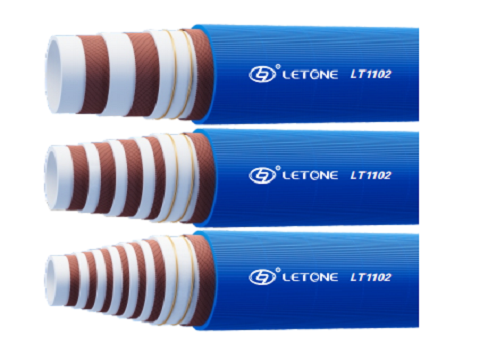The sandblasting hose transfers the sandblasting medium from the nozzle to the hose. However, the problems with these hoses can cause safety and performance issues.
The type of abrasive is an important consideration. Mineral abrasives such as silica can produce dust, leading to silicosis, a debilitating lung disease. Garnet and other mineral abrasives produce less dust.
Advantages and disadvantages of wear-resistant sandblasting hose
The correct blasting materials can save you time and money. There are many different types of sandblasting techniques, including wet sandblasting and water slurry. Their difference lies in their ability to remove scale and tight rust, but both have advantages over traditional sandblasting. They can also reduce dust inhalation, which is a serious health issue.
Sandblasting involves spraying sandblasting media under high pressure to clean the surface. This process is used to remove corrosion and rust, or to make the surface smooth and finely machined. The type of explosive medium used depends on project requirements and environment. The sandblasting medium includes garnet, copper slag, and silica. Silicon dioxide is the most popular and cheapest, but it is prone to rupture and may lead to silicosis, a debilitating lung disease. Compared to silica, garnet is more expensive, but it is not easily broken and is safer to handle.
It is important to choose the appropriate nozzle size for the sandblasting hose. A hose that is too small or too long can cause it to lose pressure. In addition, twisted hoses during installation or maintenance can shorten their service life. It is recommended that the hose be three times larger than the nozzle.
How to extend the service life of wear-resistant sandblasting hose
A good sandblasting hose can be used for hundreds of hours in typical applications. If used under extreme weather conditions or temperatures, the hose will quickly degrade. This can lead to a decrease in efficiency and an increase in accident risk. The best way to extend the service life of sandblasting hoses is to regularly inspect them for leaks, soft spots, and general deterioration. It is also important to avoid tightly curling or bending the hose.
 The wear-resistant sandblasting hose is an industrial hose designed specifically for conveying abrasive materials such as sand and gravel. Its outer layer is high-strength fabric and metal wire, and the inner layer is rubber. The inner layer of sandblasting hose is designed to resist wear and tear, while the outer coating protects it from contamination. It has flexibility and anti twisting properties, making it easy to use.
Sandblasting uses air pressure to push abrasive particles towards the surface of the workpiece or surface. These particles are usually sandblasted with Boron carbide. Boron carbide is an excellent sandblasting material because it has good wear resistance and can be used at high speed. It is important to choose a sandblasting hose that is compatible with the abrasive material and equipment type you are using, as incompatibility can lead to damage and reduce efficiency.
Wear resistant sandblasting hose wire layer failure
The sandblasting hose is the core of any sandblasting system. Ensuring their high quality is crucial. Cheap sandblasting hoses may seem cost-effective, but they won't last. On the contrary, choose high-quality sandblasting hoses that can withstand the pressure of sandblasting applications.
Sandblasting hoses are used for pumping and conveying wear-resistant materials such as broken glass, sand, and gravel. It is also commonly used as a protective tube for mechanical equipment such as glass factories, steel mills, docks, cement factories, etc. These hoses are made of wear-resistant rubber and have good flexibility and capacity. They are lightweight and easy to install.
The size and length of the sandblasting hose will depend on the type of abrasive and the target surface. For example, alumina requires larger diameter and higher pressure hoses than glass beads. In addition, abrasives need to be transported at a consistent speed to achieve optimal results. Temperature can also affect the pressure of the nozzle. High temperatures can cause internal cracking and premature wear. The sandblasting hose needs to be tested regularly and replaced if there are signs of wear.
The wear-resistant sandblasting hose is an industrial hose designed specifically for conveying abrasive materials such as sand and gravel. Its outer layer is high-strength fabric and metal wire, and the inner layer is rubber. The inner layer of sandblasting hose is designed to resist wear and tear, while the outer coating protects it from contamination. It has flexibility and anti twisting properties, making it easy to use.
Sandblasting uses air pressure to push abrasive particles towards the surface of the workpiece or surface. These particles are usually sandblasted with Boron carbide. Boron carbide is an excellent sandblasting material because it has good wear resistance and can be used at high speed. It is important to choose a sandblasting hose that is compatible with the abrasive material and equipment type you are using, as incompatibility can lead to damage and reduce efficiency.
Wear resistant sandblasting hose wire layer failure
The sandblasting hose is the core of any sandblasting system. Ensuring their high quality is crucial. Cheap sandblasting hoses may seem cost-effective, but they won't last. On the contrary, choose high-quality sandblasting hoses that can withstand the pressure of sandblasting applications.
Sandblasting hoses are used for pumping and conveying wear-resistant materials such as broken glass, sand, and gravel. It is also commonly used as a protective tube for mechanical equipment such as glass factories, steel mills, docks, cement factories, etc. These hoses are made of wear-resistant rubber and have good flexibility and capacity. They are lightweight and easy to install.
The size and length of the sandblasting hose will depend on the type of abrasive and the target surface. For example, alumina requires larger diameter and higher pressure hoses than glass beads. In addition, abrasives need to be transported at a consistent speed to achieve optimal results. Temperature can also affect the pressure of the nozzle. High temperatures can cause internal cracking and premature wear. The sandblasting hose needs to be tested regularly and replaced if there are signs of wear.







